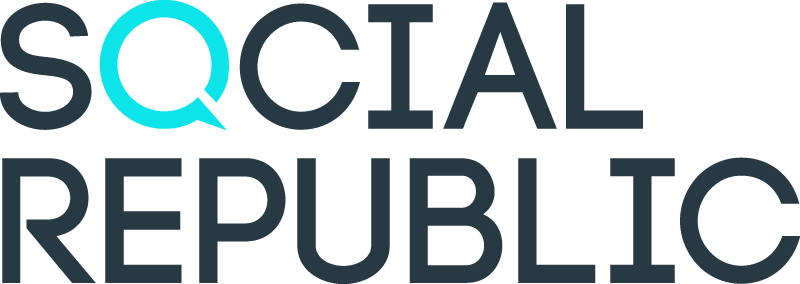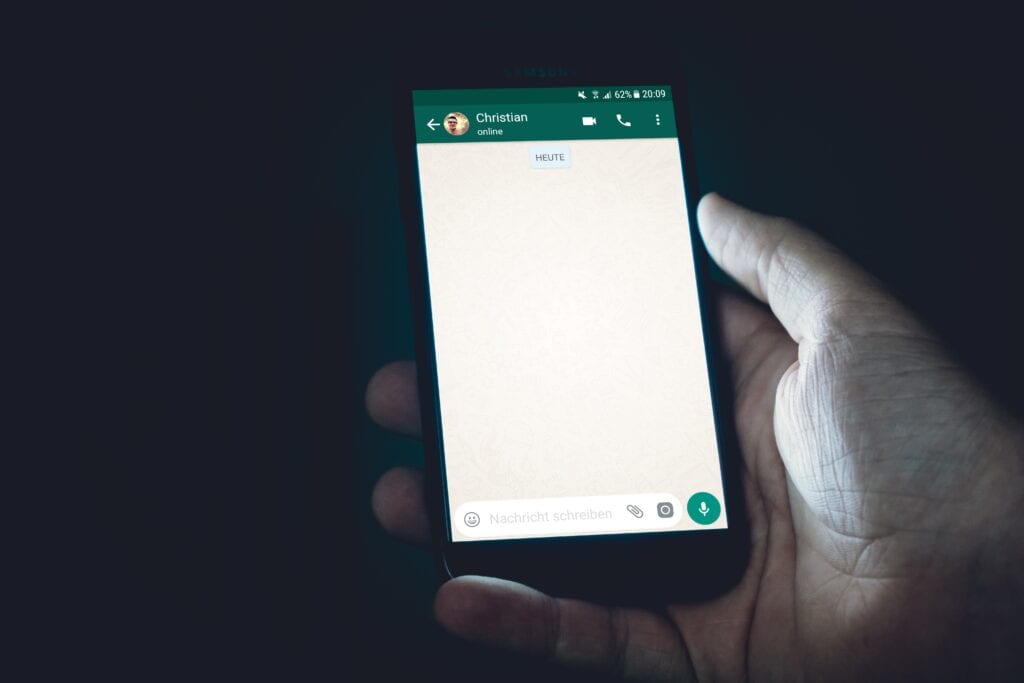WhatsApp is the biggest messaging app in the world, boasting more than two billion active users worldwide.
And following the launch of WhatsApp for business – designed with small businesses in mind – the platform is an increasingly attractive marketing tool for many brands.
It’s a simple, secure and reliable way for organisations to connect with their customers.
The app has several tools that will help you run your business efficiently and make it as easy as possible for your brand to acquire new customers, enable transactions and drive awareness.
In the following article we look at the four top steps for getting started with WhatsApp for business:
- Create a business profile
Enhance your presence by creating a brand account – adding its name, business category and uploading your logo as the profile picture.
Ensure you feature helpful information in the profile such as business address and opening hours.
It’s key that your profile also features your contact email address, number and includes a link to your website and social media accounts.
- Use a catalog to display your products and services
Featuring the catalogue option on your profile will enable your customers to easily identify what products and services your brand has to offer.
It allows your business to highlight everything your customer needs to know about your products, such as item descriptions and pricing, and makes it easy for them to purchase directly from the app.
- Automate the process
Respond to consumers when you’re away by using the automated messaging options.
The app allows you to prepare an automatic ‘greeting’ and ‘reply’ message that will provide your customer with an instant update while you’re away from the office.
The quick reply tool also enables users to save and reuse the messages that they repeatedly use – like frequently asked product questions and queries – and enables brands to reply as quickly and efficiently as possible.
- Organise chats with labels
You can organise your customer chats with labels, making it easier to find them at a later time.
Users can also colour code conversations to differentiate between urgent and important conversations and day-to-day chats.
Are you considering tapping into this new tool for your audience outreach efforts?

